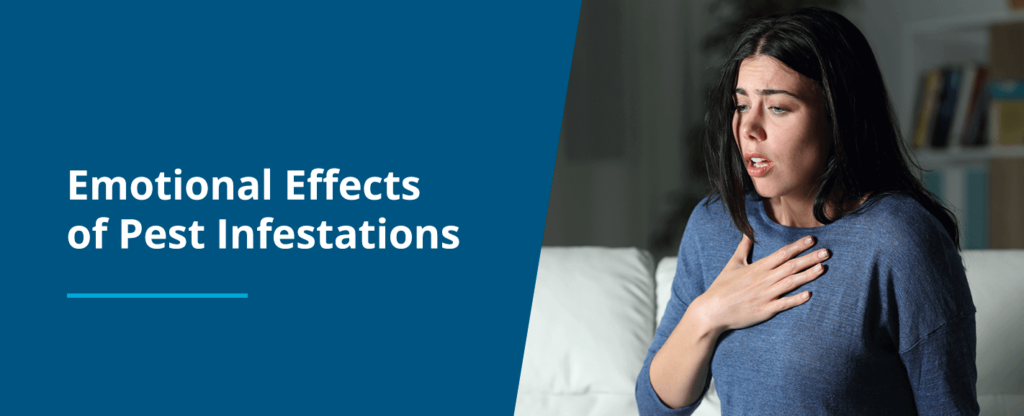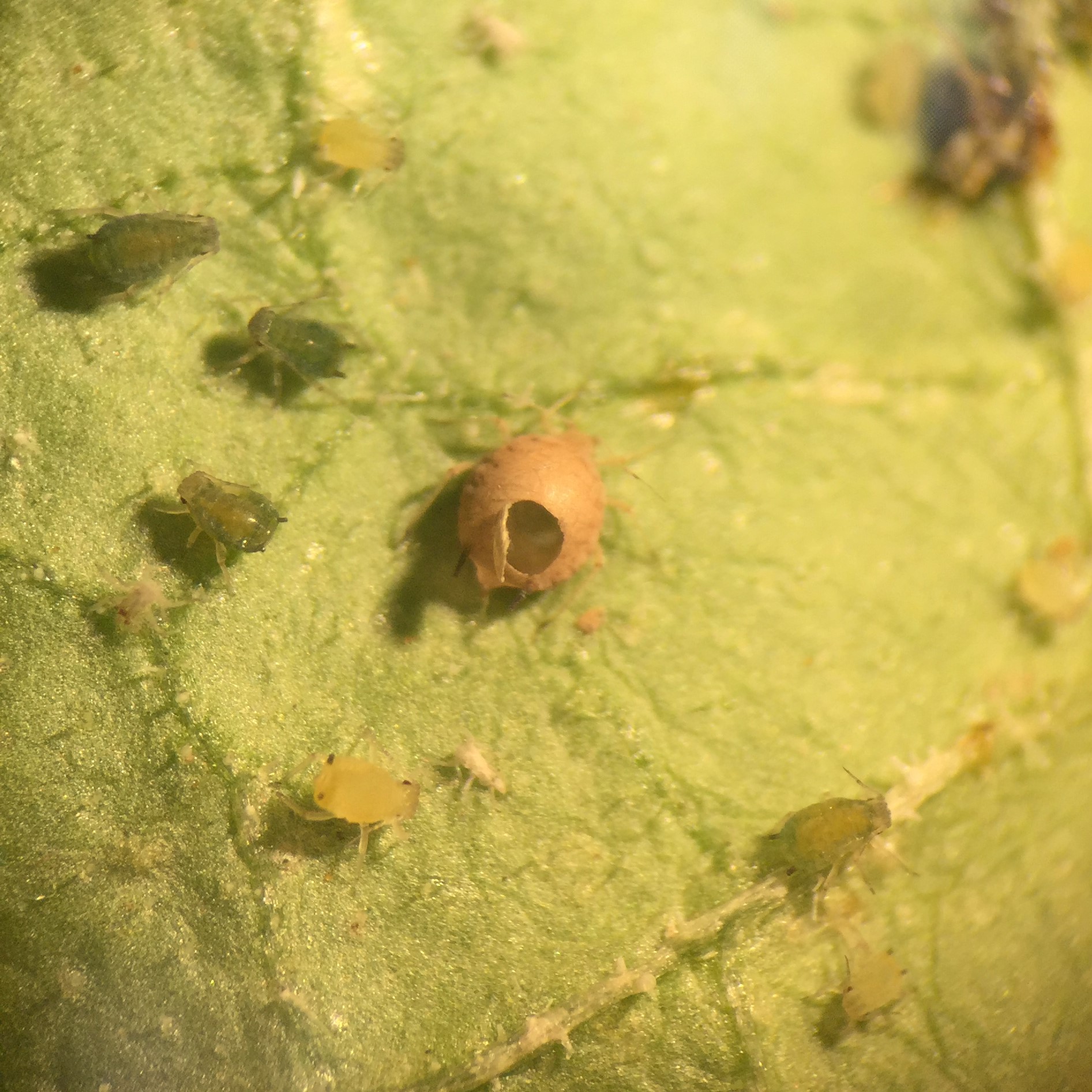The Eco Bed Bug Exterminators Dc Ideas
The Eco Bed Bug Exterminators Dc Ideas
Blog Article
The Facts About Eco Bed Bug Exterminators Dc Uncovered
Table of ContentsEco Bed Bug Exterminators Dc Can Be Fun For EveryoneSome Known Facts About Eco Bed Bug Exterminators Dc.Eco Bed Bug Exterminators Dc for DummiesThe Ultimate Guide To Eco Bed Bug Exterminators DcSome Of Eco Bed Bug Exterminators Dc
Because pesticides are toxic, they are additionally potentially hazardous to people, pets, other microorganisms, and the atmosphere. People who use pesticides or on a regular basis come in contact with them should understand the relative poisoning, possible health impacts, and preventative steps to decrease exposure to the products they make use of. Hazard, or danger, of making use of pesticides is the capacity for injury, or the level of danger involved in utilizing a chemical under an offered set of problems.
Applicators can lessen or nearly get rid of direct exposure-- and hence decrease risk-- by following the label directions, utilizing personal safety apparel and tools (PPE), and taking care of the chemical effectively. Even more than 95 percent of all chemical exposures come from dermal direct exposure, mainly to the hands and lower arms. By putting on a set of unlined, chemical-resistant handwear covers, this kind of exposure can be virtually removed.
The damaging effects that happen from a single exposure by any type of course of access are described "acute results." The four courses of direct exposure are dermal (skin), inhalation (lungs), oral (mouth), and the eyes. Intense poisoning is determined by analyzing the facial toxicity, breathing poisoning, and oral toxicity of test pets.
Rumored Buzz on Eco Bed Bug Exterminators Dc
Severe toxicity is gauged as the amount or concentration of a toxicant-- the a.i.-- required to kill 50 percent of the pets in a test population. This action is generally revealed as the LD50 (deadly dose 50) or the LC50 (lethal concentration 50). In addition, the LD50 and LC50 worths are based upon a single dose and are taped in milligrams of chemical per kilogram of body weight (mg/kg) of the test animal or partly per million (ppm).
The lower the LD50 or LC50 value of a chemical item, the greater its poisoning to people and pets. Chemicals with a high LD50 are the least harmful to humans if utilized according to the directions on the item tag. The persistent poisoning of a chemical is identified by subjecting test animals to long-lasting exposure to the active component.
The persistent poisoning of a pesticide is harder than intense toxicity to figure out through laboratory analysis. Products are classified on the basis of their family member severe toxicity (their LD50 or LC50 worths). Chemicals that are identified as extremely toxic (Poisoning Group I) on the basis of either oral, facial, or inhalation toxicity need to have the signal words risk and poisonous substance published in red with a skull and crossbones icon prominently showed on the front panel of the plan label.
The intense (solitary dose) oral LD50 for pesticide items in this group ranges from a trace quantity to 50 mg/kg. Direct exposure of a few decreases of a product taken by mouth can be fatal to a 150-pound person. https://anotepad.com/notes/3kesk8pw. Some chemical items have just the signal word DANGER, which tells you nothing regarding the intense toxicity, simply that the item can create extreme eye damages or serious skin irritability
The smart Trick of Eco Bed Bug Exterminators Dc That Nobody is Discussing
In this category, the severe oral LD50 ranges from 50 to 500 mg/kg. A tsp to content an ounce of this product could be deadly to a 150-pound person (how to get rid of bed bugs). Pesticide products classified as either slightly toxic or fairly nontoxic (Poisoning Groups III and IV) are required to have the signal word CAUTION on the pesticide label

All chemical toxicity worths, consisting of the LD50, can be found on the item's Material Safety Information Sheet (MSDS) - exterminator near me. Pesticide labels and MSDS can be acquired from sellers or produces. Additionally, most products additionally know that can be located on the Internet. The signs of pesticide poisoning can vary from a mild skin inflammation to coma or perhaps fatality.
Due to the fact that of potential health concerns, pesticide users and trainers should acknowledge the usual indicators and signs of chemical poisoning. The results, or signs and symptoms, of pesticide poisoning can be extensively specified as either topical or systemic.
The 10-Second Trick For Eco Bed Bug Exterminators Dc
Dermatitis, or swelling of the skin, is approved as the most generally reported topical impact associated with chemical exposure. Some individuals have a tendency to cough, hiss, or sneeze when exposed to chemical sprays.
This sign typically subsides within a few minutes after an individual is eliminated from the exposure to the irritant. A reaction to a pesticide product that causes somebody not just to sneeze and cough yet also to develop extreme intense respiratory system symptoms is extra likely to be a true hypersensitivity or allergic response.
Systemic impacts are rather different from topical effects. They often happen far from the initial factor of contact as a result of the pesticide being taken in into and distributed throughout the body. Systemic impacts often consist of nausea, throwing up, fatigue, frustration, and digestive problems. In advanced poisoning instances, the person might experience changes in heart price, trouble breathing, convulsions, and coma, which can lead to death.
Report this page